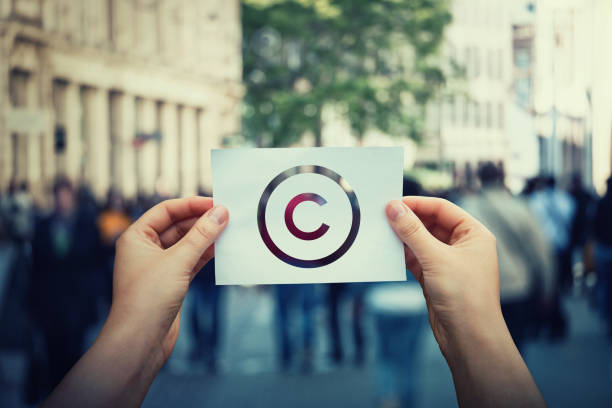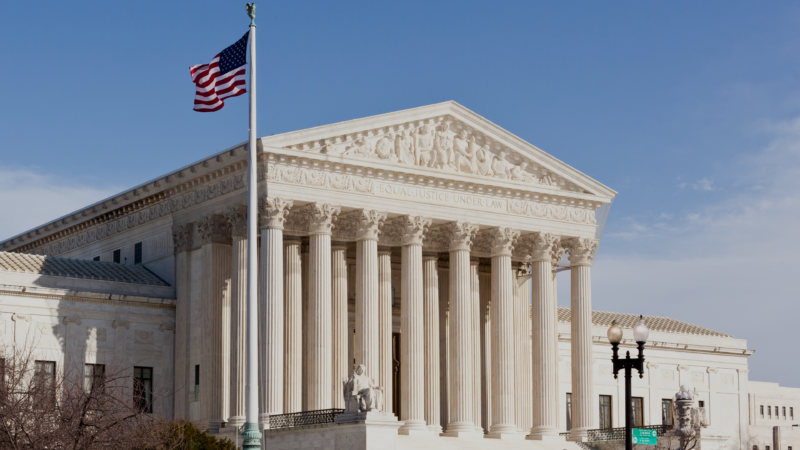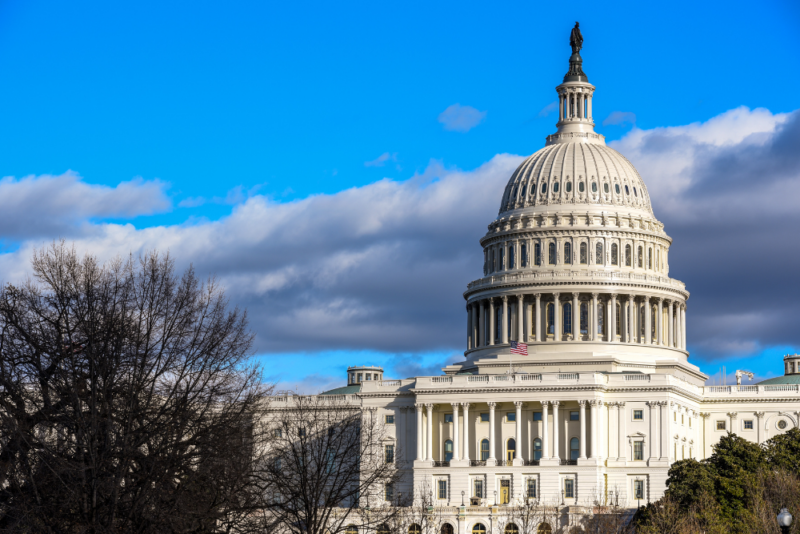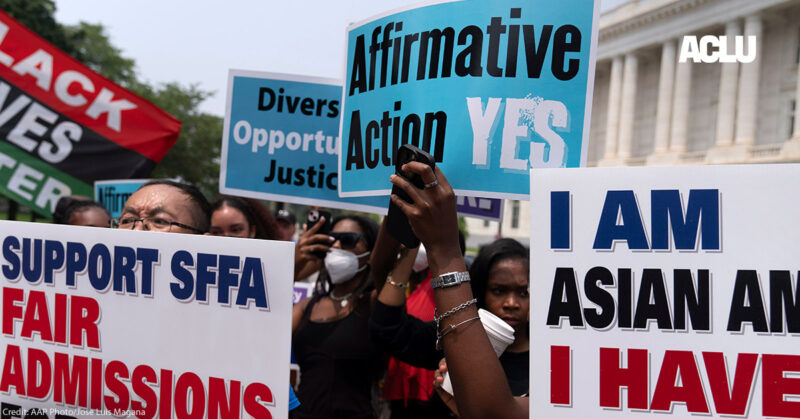By Todd Gerety
Patents can be used to protect your innovations. There are different types of patents that can be obtained through the U.S. Patent and Trademark Office (USPTO). In particular, utility patents are used to protect new and useful processes, machines, manufactures, compositions of matter, or any new and useful improvement thereof. Design patents can protect the shape and/or surface ornamentation of a manufactured article.
A U.S. patent grants its holder (i.e., “patentee”) the exclusive right to make, use, sell, and import the patented invention. The patentee may enforce these exclusive rights during a limited time period, referred to as the patent term.
Generally speaking, the term of a U.S. utility patent begins on the date the patent issues and expires on the date that is 20 years from the date that the application was originally filed. For example, if a utility patent issues on January 1, 2022, based on a non-provisional patent application that was filed in the USPTO on January 1, 2020, the term of the patent begins on the issue date of January 1, 2022, and expires on January 1, 2040 – i.e., 20 years from the filing date of the application.
In certain circumstances, however, the calculation of the patent term may differ from this general rule as discussed below.
Continuing patent applications
Under modern law, a patent that grants on a continuation, divisional, or continuation-in-part (CIP) application will have a term that expires 20 years from its “effective filing date.” The effective filing date of a continuing application is the filing date associated with a non-provisional application previously filed in the USPTO or an international (PCT) application, whichever is the earliest that the continuing application claims priority.
National stage entry of an international application
A utility patent that grants in the U.S. based on a national stage application of an earlier-filed international (PCT) application will have a term that expires 20 years from the filing date of the international application.
Patent applications that claim priority to a foreign application
Foreign priority is not considered in determining the length of a U.S. patent. Therefore, a U.S. patent that claims priority to a foreign application will have a term that expires twenty years from its earliest effective filing date as discussed above – not the filing date of the foreign patent application.
Patent applications that claim the benefit of a provisional application
Domestic priority to a provisional application filed under 35 U.S.C. 119(e) in the U.S. is also not considered in the calculation of the twenty-year term. Rather, the twenty-year term is calculated from the earliest effective filing date of the non-provisional application that claims the benefit of that earlier filed provisional application.
Design Patents
For design patents, the twenty-year term does not apply. Rather, the term of a design patent starts on the date that the patent issues and expires 15 years from the issue date.
Let Todd Gerety review your patent application to ensure best compliance and maximum benefit.
Terminal Disclaimers, Patent Term Adjustments, Maintenance Fees
The term of a patent may also be affected by term adjustments, terminal disclaimers, and maintenance fees.
In particular, a patent term adjustment (PTA) is a process through which the USPTO may extend the length of a U.S. utility patent to accommodate for delays caused by the USPTO during the prosecution of the patent application. Any PTA is an addition to the 20-year lifespan of the issued patent.
Conversely, a portion of the term of a patent may be disclaimed or shortened by filing a terminal disclaimer. Terminal disclaimers are generally filed during the prosecution of a patent application to overcome obviousness-type double patenting rejections based on another patent or pending application.
Patent maintenance fees are mandatory fees that must be paid to the USPTO at certain time points after patent issues in order to keep a utility patent in force. Failure to pay maintenance fees will result in the patent becoming abandoned.
In Conclusion
As discussed above, the patent term of a U.S. utility patent that does not claim any foreign or domestic priority generally begins on the date the patent issues and expires on the date that is 20 years from its filing date in the USPTO. However, where the patent application claims priority to an earlier-filed foreign, domestic, or international application, the patent term may differ from this general rule. Further, as indicated above, other special circumstances may cause the patent term to be extended or shortened.
For a more tailored analysis on your patent term, contact Todd Gerety.
Read more about our patent services using the link below!
Check out some of our latest publications.
- What is a Provisional Patent Application?

- CLIENT ALERT: Supreme Court Rejects Rule Requiring Majority-Group Plaintiffs To Meet Higher Evidentiary Standard for Title VII Claims

- Executive Order Seeks to Eliminate Disparate Impact Liability in Title VI & VII Enforcement Actions

- Client Update – Executive Order Upends Affirmative Action For Federal Contractors and Opens Door to False Claim Act Liability

- How to Find Venture Capital for Early-Stage Scaling Companies

- How to Find Angel Investors for Early-Stage Scaling Companies

